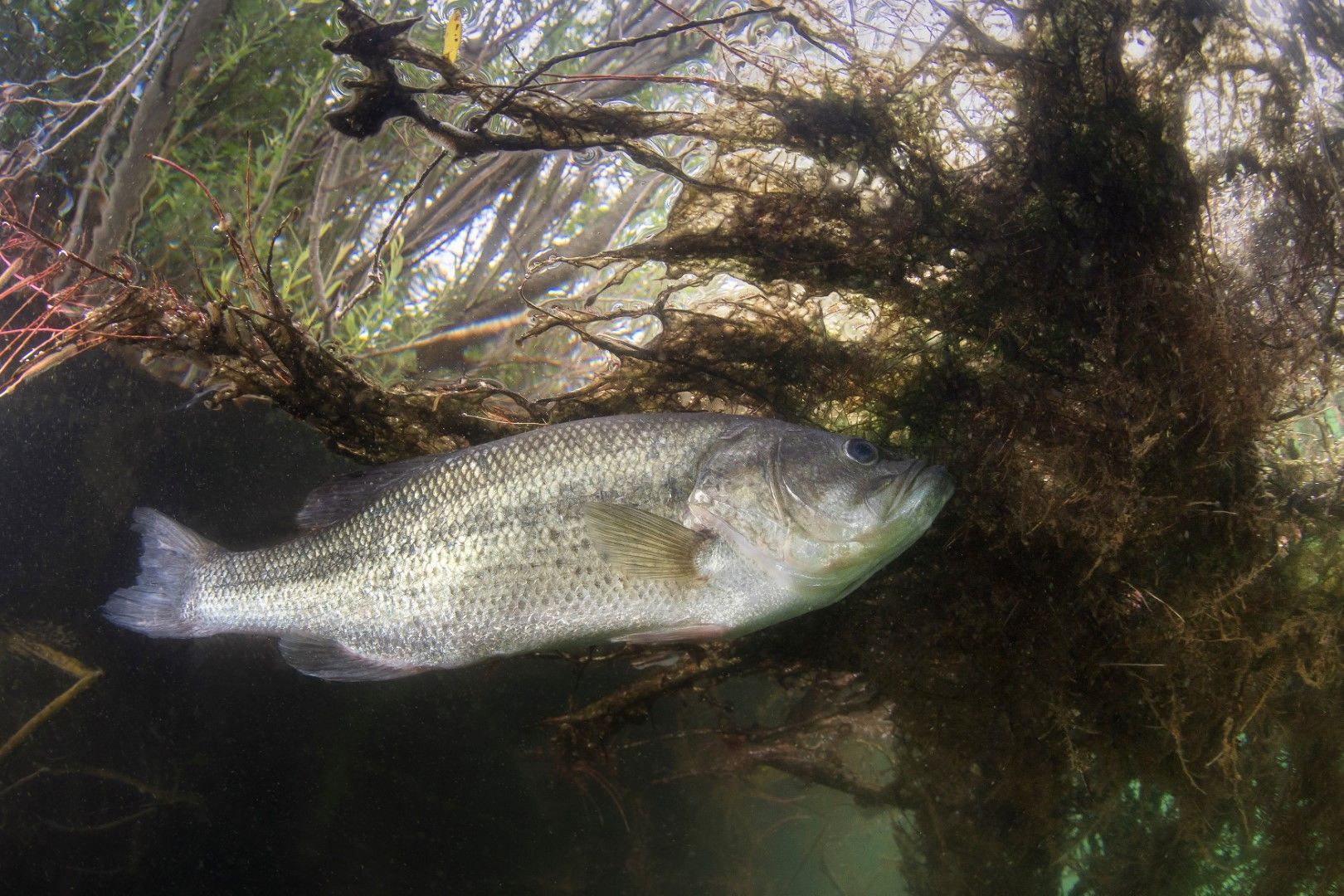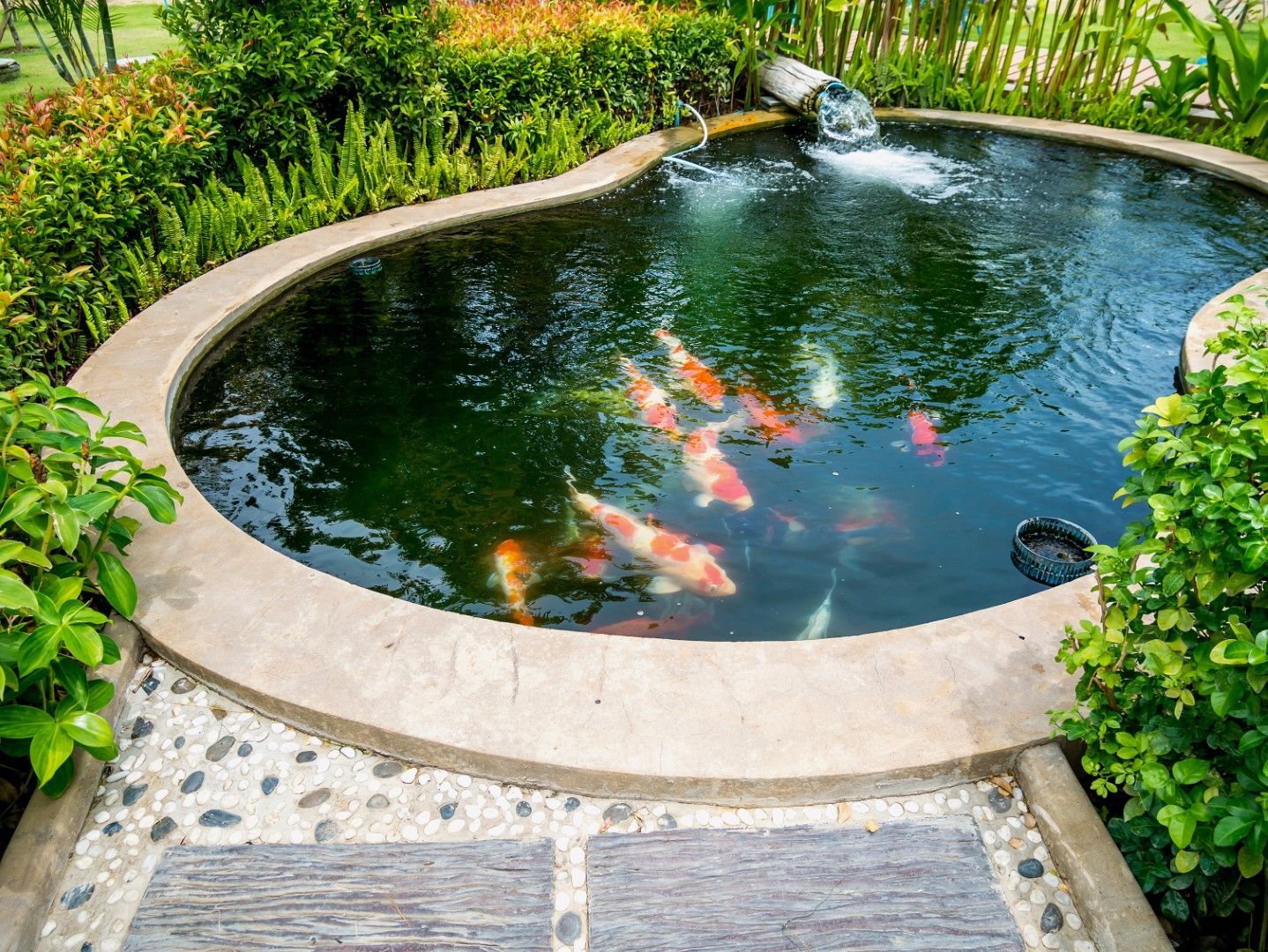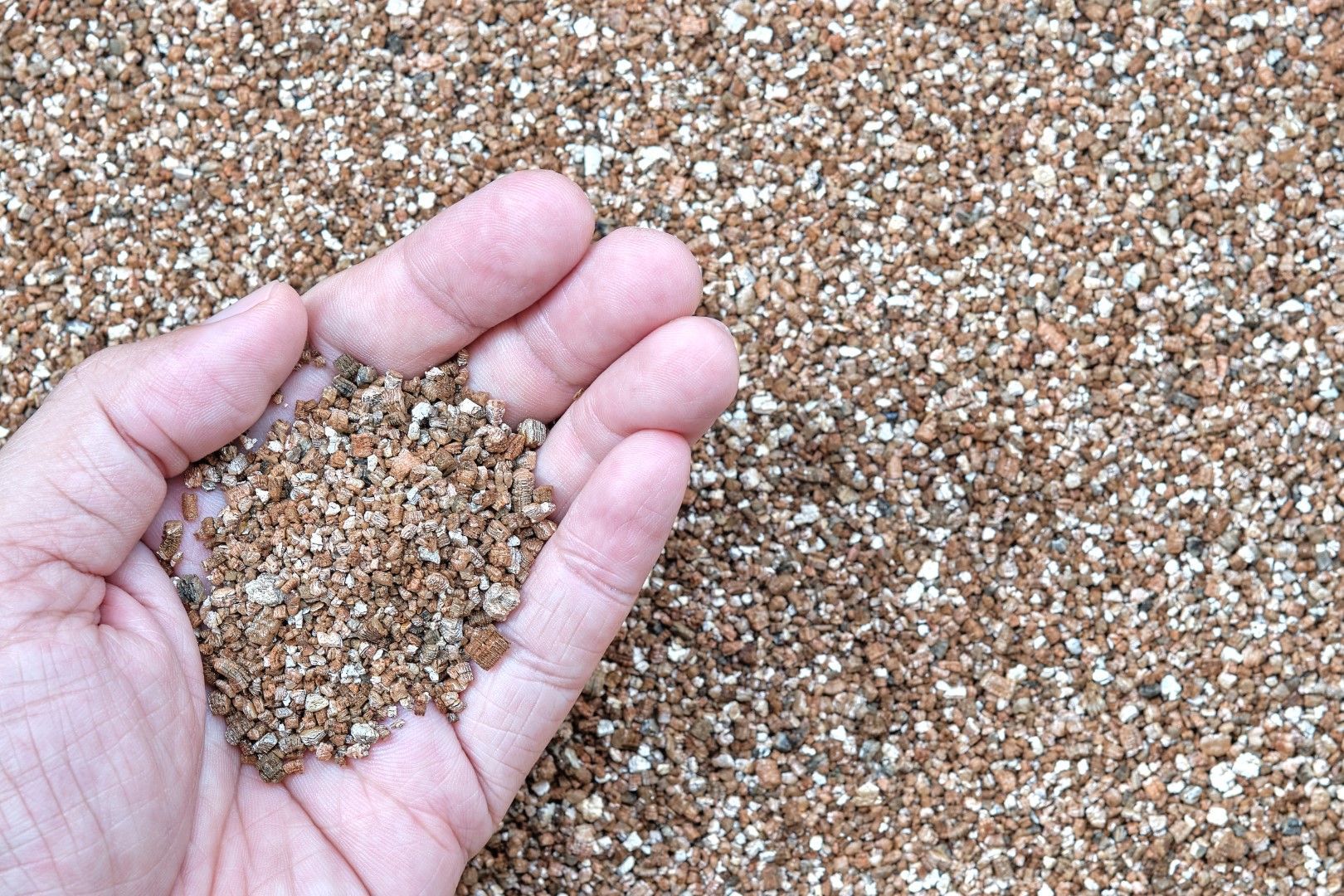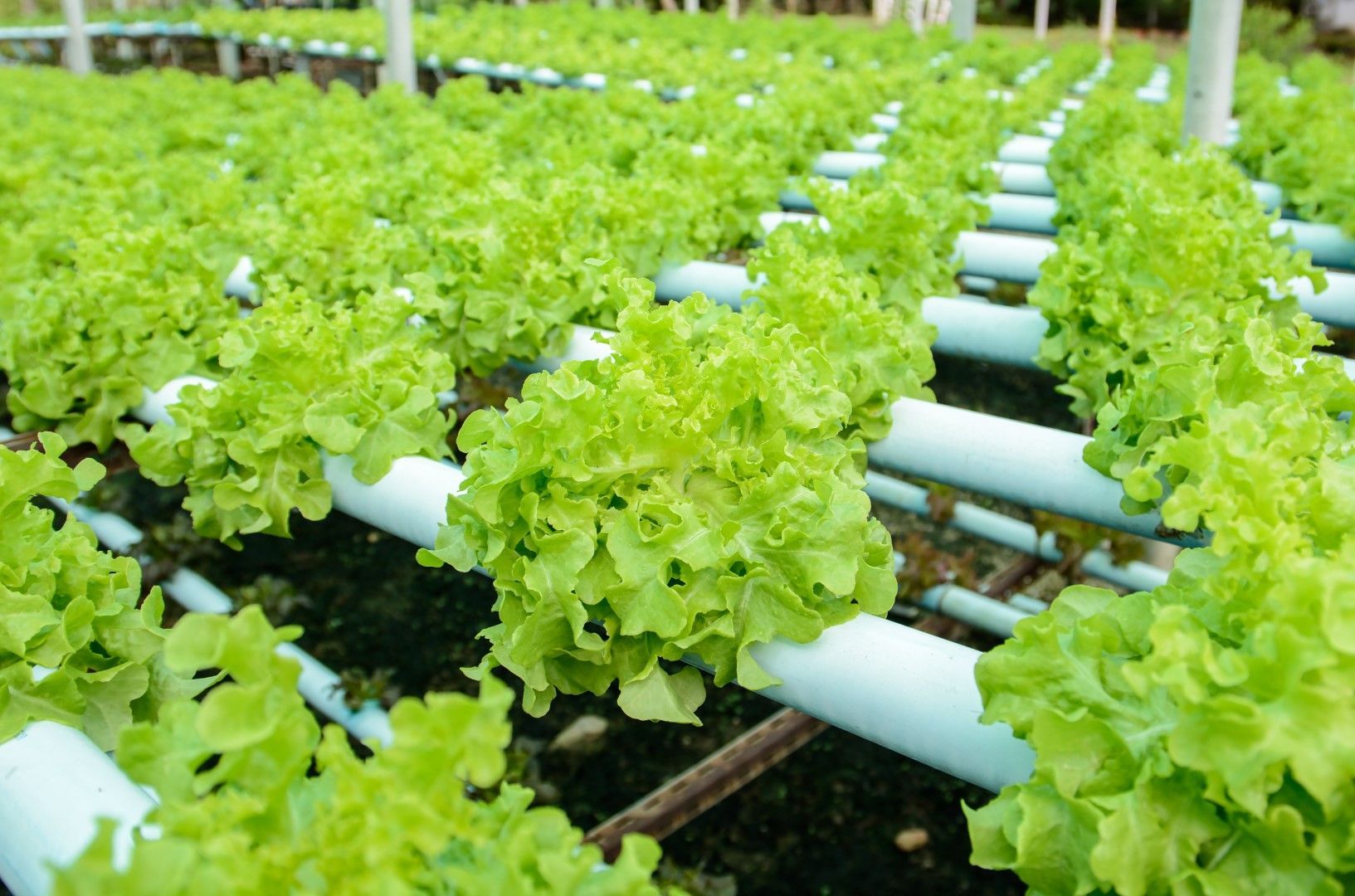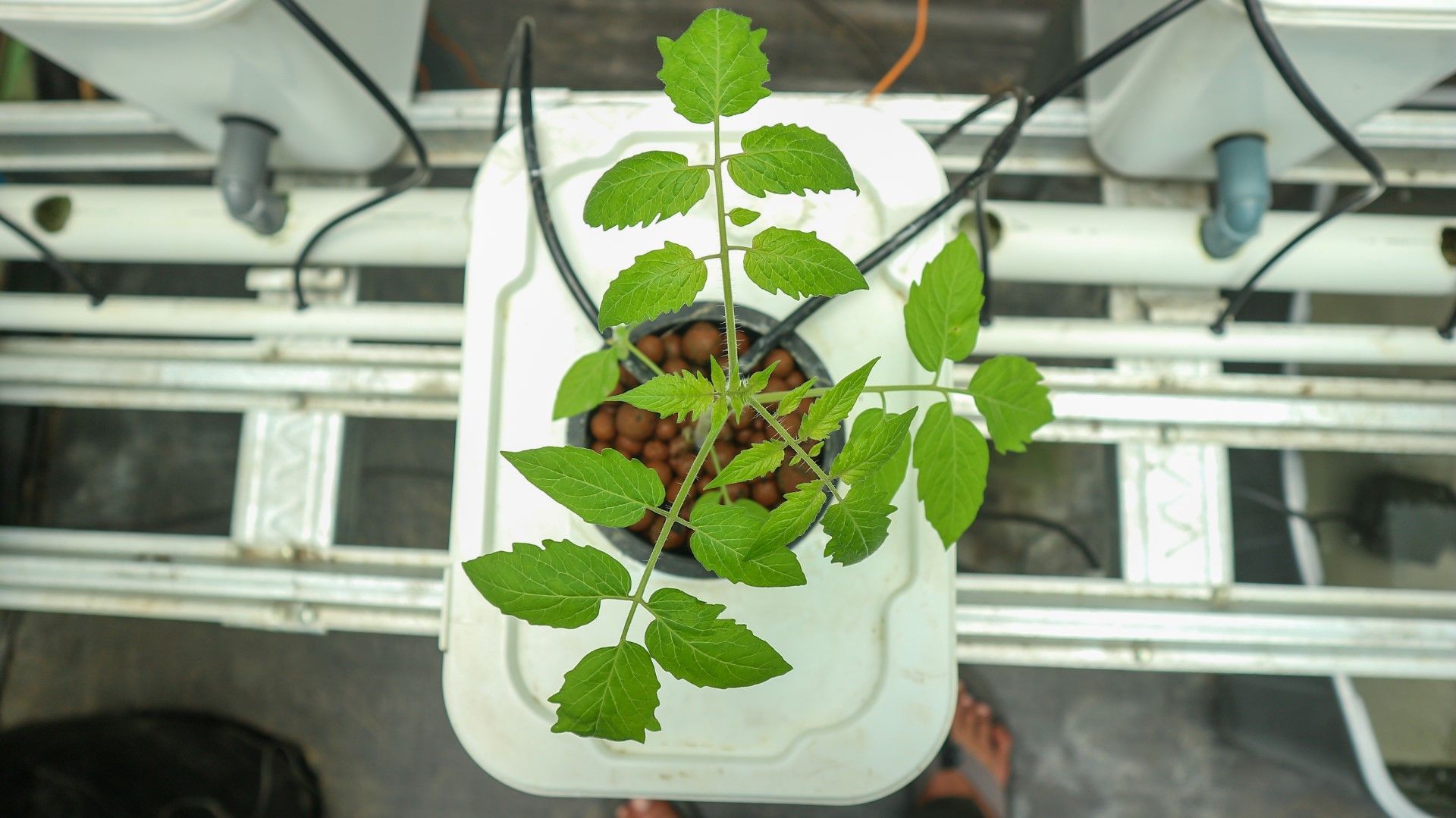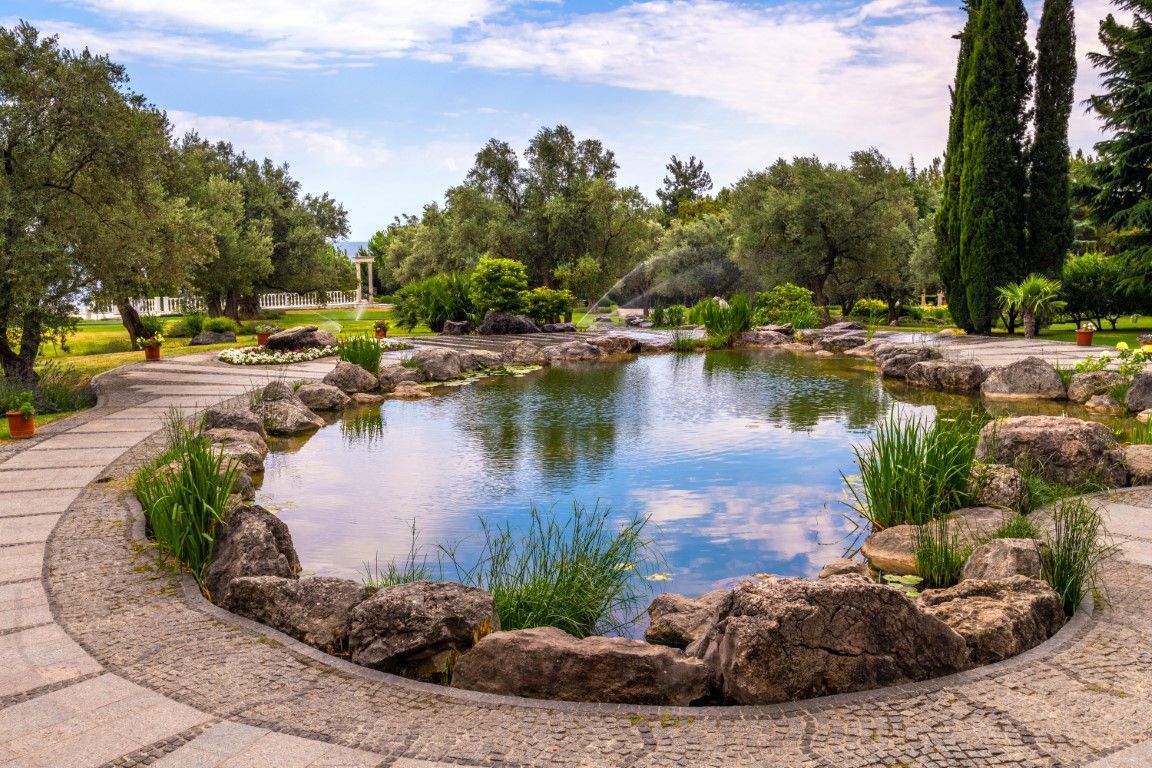The Basics of Deep Water Culture Systems
Deep Water Culture (DWC) Hydroponics - A Soil-Free Growing Solution
Are you interested in growing your own organic produce without soil? The Deep Water Culture (DWC) hydroponic system might be just what you need. Known for its adaptability, the DWC system is popular in various indoor spaces, from small home setups to large greenhouses and warehouses. DWC is highly versatile and can even be paired with our favorite style of growing, an aquaponics set up, where fish provide natural nutrients for plants. If you're aiming for fresh, local produce grown in a sustainable way, DWC could be an exciting choice. At Focal Point Ponds, we provide insights and resources to help you make the most of this innovative system.
Integrating DWC with Aquaponics for Sustainable Gardening
Want to take your DWC system to the next level with aquaponics? Combining hydroponics with aquaponics, you can create a self-sustaining ecosystem where fish provide natural nutrients for plants, and plants help filter the water for the fish. This eco-friendly setup is ideal for those interested in minimizing waste and maximizing efficiency, while yielding healthy, home-grown vegetables and fish for consumption or sale. Pairing DWC with aquaponics offers an innovative, balanced approach to organic food production that you’re in control of.

How Does the Deep Water Culture (DWC) System Function?
In a DWC system, plants grow with their roots submerged in a nutrient-rich water solution. Floating rafts or net pots support the plants on the water tables orto troughs, allowing roots to grow directly into the solution below. Since the roots remain submerged, aeration is essential to prevent suffocation and root rot. Air pumps and air stones produce air bubbles, supplying roots with oxygen. This simple, efficient system allows plants to absorb nutrients and water continuously, promoting rapid growth and high productivity. At Focal Point Ponds, we can help you set up an aeration system that fits your space and goals, ensuring your DWC system functions optimally.
Pros and Cons of Using a DWC Hydroponic System
When starting out with any gardening method, success will require some trial and error. DWC hydroponics has its pros and cons which we’ll take a closer look at here:
Why DWC is Ideal for Hydroponics and Aquaponics
The Deep Water Culture system is highly efficient because it provides direct access to nutrients and oxygen, enabling plants to absorb nutrients rapidly and consistently. This continuous access to oxygenated water prevents root suffocation and supports healthy, robust growth. Its simplicity makes it suitable for both beginners and experienced gardeners.
Best Plants for DWC Hydroponics and Growing Times
Certain plants thrive in DWC systems and reach maturity quickly. Here are some examples:
Leafy Greens
Lettuce, spinach, and kale can be harvested in 30-45 days.
Herbs
Basil, chives, and parsley grow well in DWC and are usually ready in 30-40 days.
Fruiting Plants
Strawberries and tomatoes can adapt to DWC but may need extra care and time to mature compared to the examples above.
INSIDER TIP: Mint can easily be grown as an herb in these aquaponics systems too, however they can spread rapidly and start to overwhelm a raft or a small system when they're not closely watched and tended to. New shoots and roots from the mint plants will branch out quickly if left unrestricted.
Maintenance Tips for a Healthy DWC System
Keeping your DWC hydroponic system in optimal condition requires regular monitoring. Here are some essential tips:
- Monitor pH Levels: Hydroponic plants thrive within specific pH ranges. Regular testing and adjustments prevent plant stress and nutrient imbalances.
- Refresh the Nutrient Solution: Replace the solution every two weeks to prevent salt buildup and ensure fresh nutrients when working strictly with hydroponics. If you’ve set up an aquaponic system with appropriate filtration of solid material, the fish will serve to provide the majority if not all of the nutrients needed to sustain your plants.
- Check Root Health: Check roots for signs of rot and ensure air pumps function properly to maintain oxygen levels.

Focal Point Ponds can offer suggestions and guidance for using a contractor to help with system upkeep, so you can achieve healthy, vibrant plant growth with ease. Contact us now to get more details.
Is a Deep Water Culture System Right for Your Gardening Needs?
If you’re passionate about organic gardening and sustainable food production, a DWC system offers an efficient, space-saving solution. Whether you're looking for a small system for your garage or a larger installation, DWC hydroponics is ideal for growing fresh produce year-round with minimal space. At Focal Point Ponds, we’re here to help you design a DWC or aquaponics system tailored to your needs and gardening goals.
Frequently Asked Questions (FAQ)
Can I use a DWC system outdoors?
Yes, but keep in mind that outdoor systems require water temperature control. In warmer climates, additional cooling might be necessary to prevent root rot. For large outdoor installations, check out Farm Ponds for solutions to manage water conditions. Keep in mind that when operating an aquaponic system, you may need to consider some kind of protection for the fish from wildlife, whether this be nets or complete covering. Rain water can also be a negative factor which is why the majority of successful systems we see are in a greenhouse or similar shelter.
How much does it cost to set up a DWC system?
Costs vary based on size and complexity. Small DIY systems are affordable, while larger, professionally installed systems, especially with aquaponics, require a greater investment in the 5 figure or 6 figure range depending on how much fish and produce you’re looking to generate. Contact us to understand options, discuss your needs, and find a solution that fits your budget.
Is a DWC system suitable for beginners?
Yes! DWC systems are easy to maintain and perfect for beginners. Basic monitoring of pH and nutrients is all you need to achieve healthy, fast-growing plants.
What’s the difference between DWC and other hydroponic systems?
DWC fully submerges plant roots in nutrient-rich water, unlike systems like Nutrient Film Technique (NFT) or Dutch bucket systems, which use different water delivery methods. DWC is popular for its efficiency and simplicity.


